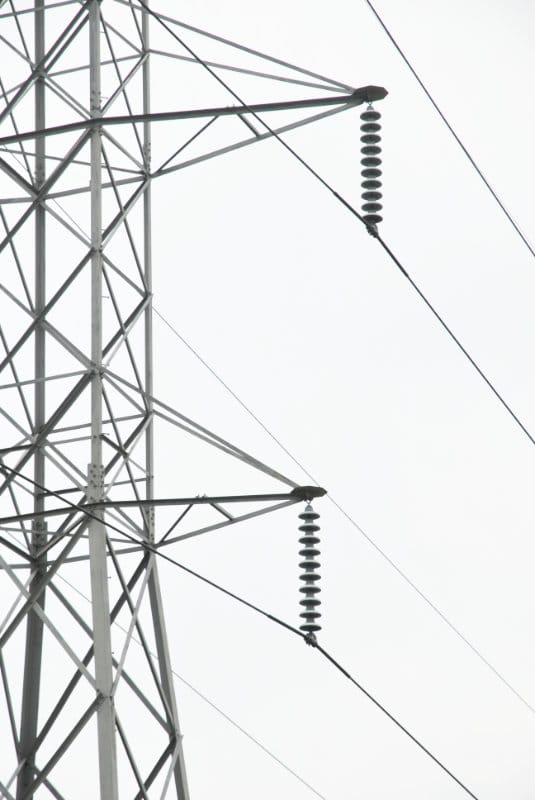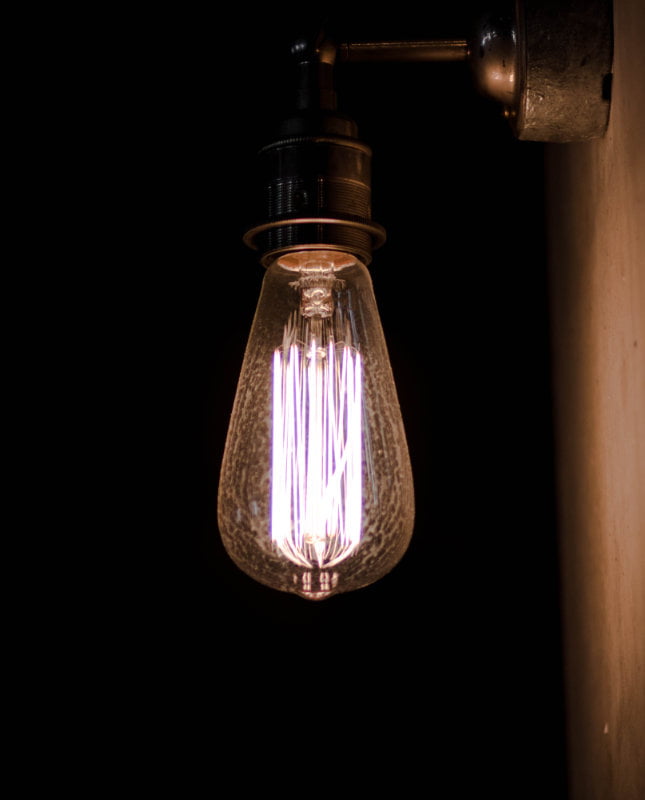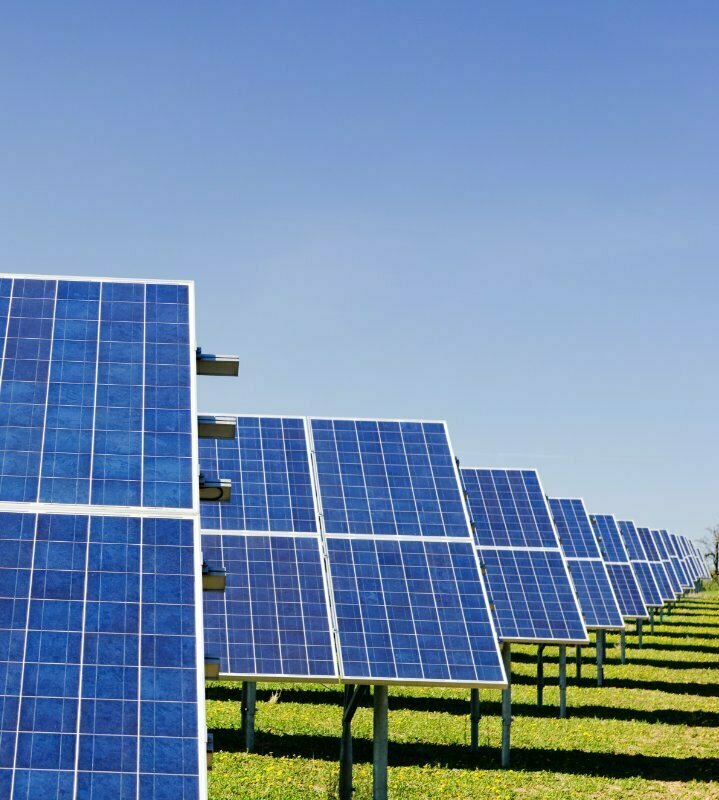Are you tired of paying high electricity and gas bills every month? Do you want to save or reduce your electricity and gas bills while reducing your environmental impact?
This blog post discusses The Cost-Saving Challenge: 8 Steps to Reduce Your Electricity and Gas Bills.
Let’s face it; energy bills can be a significant expense for many households. However, with a few changes, you can significantly reduce energy costs, bills and save money in the long run. So, let’s get started!
Conduct an Energy Audit
An energy audit is essential in reducing your electricity and gas bills.
An energy audit assesses your home’s energy usage and identifies areas where you can improve to reduce energy consumption.
By conducting an energy audit, you can identify energy inefficiencies and take steps to address them, ultimately leading to lower energy bills.
To conduct an energy audit at home, you can start by reviewing your energy bills and identifying any patterns or trends in your energy usage.
You can also use online resources or hire a professional energy auditor to conduct a more comprehensive audit. An energy audit can help identify particular areas where energy usage can be improved, such as sealing air leaks, upgrading to energy-efficient appliances, or using a programmable thermostat.

Switch to Energy-Efficient Appliances
Switching to energy-efficient appliances is a way to reduce electricity and gas bills and save money in the long run.
Energy-efficient appliances or devices use less energy than traditional appliances, so they consume less electricity and ultimately cost less.
When choosing energy-efficient these, check out the ENERGY STAR label.
You can also compare the energy consumption of different appliances by looking at their energy ratings.
Some energy-efficient appliances may come with rebates or tax credits, making them an even more cost-effective option.
Use a Programmable Thermostat
Using a programmable or digital thermostat can help you reduce your electricity and gas bills.
This device allows you to set different temperatures for different timings during the day, so you’re saving energy when you’re not at home, on vacation, resting or sleeping.
You can adjust the temperature of your office, business or home based on the season.
Some programmable thermostats have additional features, such as remote access or smart technology, which can further improve their energy-saving capabilities.
Seal Air Leaks at Home
Air leaks can significantly increase your energy bills by allowing warm or cool air to leave or escape your home.
Seal the gaps around doors and windows with weatherstripping or caulk to reduce air leaks. You can add a bit of insulation to your walls and attic to reduce energy loss.

Switch to LED Light Bulbs
Switching to LED light bulbs is another easy way to reduce energy bills.
LED (light-emitting diode) light bulbs are energy-efficient and use up to 80% less energy than the more traditional lights like incandescent bulbs. These types of bulbs can last up to 25 times longer. While these LED bulbs are often more expensive upfront, these types of bulbs save you money in the long term.
They also produce less heat, making them a safer option for your home. When choosing LED light bulbs, look for the lumens rating, which indicates the bulb’s brightness, and the colour temperature, which shows the warmth or coolness of the light.
Use Natural Light
Natural light is free and abundant, and it’s also a great way to lighten and also brighten up your home or office and improve your mood.
Maximising natural light in your home or office can reduce your reliance on artificial lights, which can consume significant energy.
To maximise natural light, you can start by opening curtains and blinds during daylight to allow sunlight to enter your office or home.
You can also consider installing skylights or adding windows to rooms that lack natural light.
Additionally, you can use light-coloured paint and reflective surfaces to help distribute natural light throughout.
Unplug Electronics When Not in Use
Many devices, such as laptops, ipads, televisions and desktop computers, continue to use energy even when turned off, known as standby or phantom power.
This standby power does add up over time and accounts for up to 10% of your electricity usage.
To unplug electronics when not in use, you can start using power strips (typically ranging from 2 to even ten plugs in a strip) to make it quicker to turn off multiple appliances or devices simultaneously.
You can also unplug chargers and small appliances, such as cell phone chargers and coffee makers, when not in use.
Consider Renewable Energy Sources
Considering renewable energy sources effectively reduces your carbon footprint and saves money on your electricity bills in the long run.
Renewable energy is a renewable energy source continuously replenished naturally, such as solar, wind, and hydroelectric power.
These energy sources work by harnessing nature’s power to generate electricity or energy, which can be used to power offices, homes and businesses.
To consider and use renewable energy sources, start by researching the prevalent options available in your area, such as installing solar panels.

You can also consider purchasing green energy from your utility provider, which sources its power from renewable sources.
Using renewable energy sources can reduce your reliance on fossil fuels.
Based on my experience, the initial cost of installing renewable energy sources may be higher than traditional sources, and the long-term savings can be significant, making it an investment for your office, business, home and the environment.
Conclusion
There are numerous steps to reduce your electricity and gas bills and save money.
Using a programmable thermostat; switching to LED light bulbs; maximising natural light, unplugging electronics when not in use, and considering renewable energy sources can significantly impact your energy usage and your wallet.
These changes are cost-effective but also sustainable and eco-friendly, which means you’ll do your part in reducing your carbon footprint and minimising your environmental impact.
We encourage you to take The Cost-Saving Challenge and change your daily routine to reduce energy bills.
Share your reducing energy bills tips and experiences in the comments section below, and let’s work together to create a more sustainable future.





0 Comments